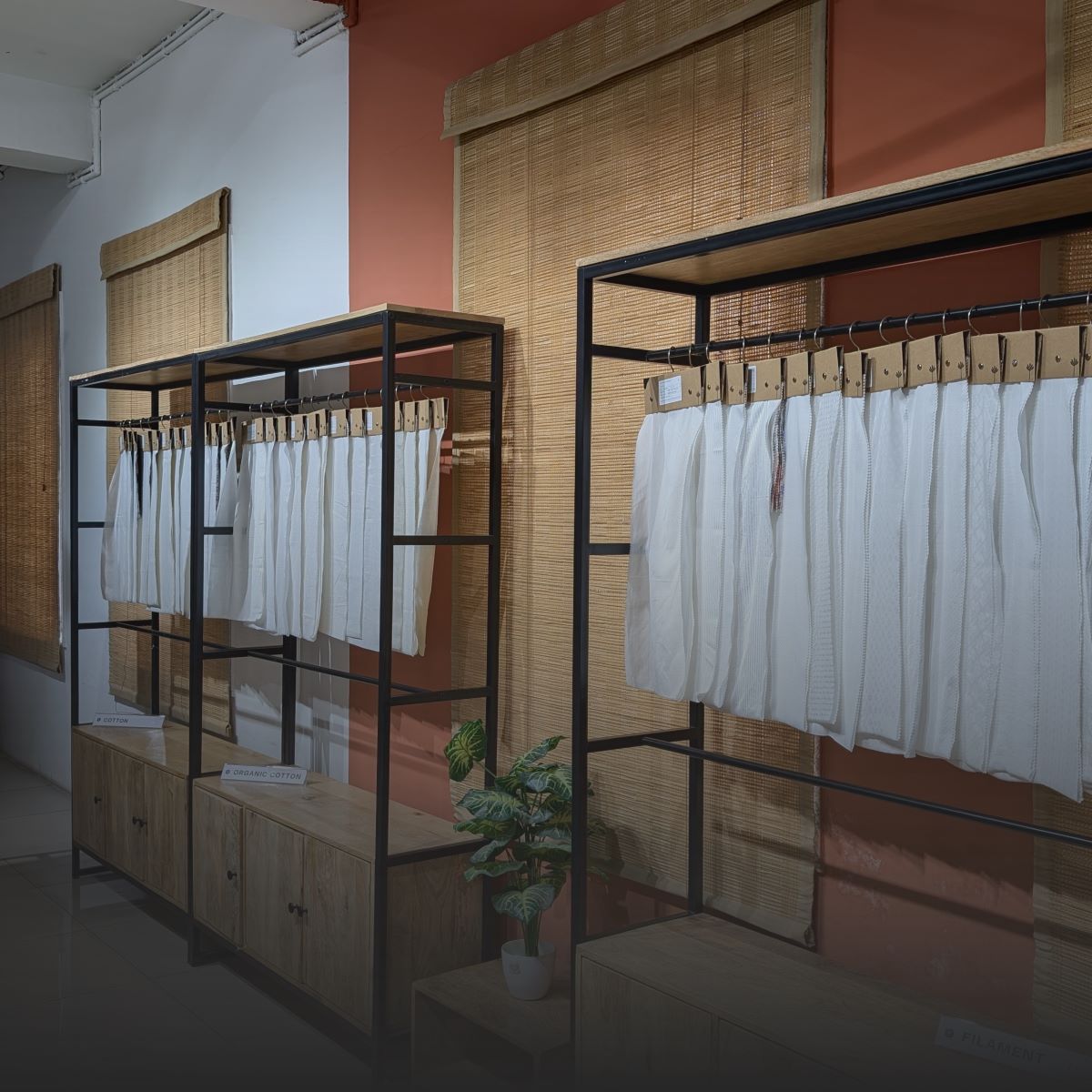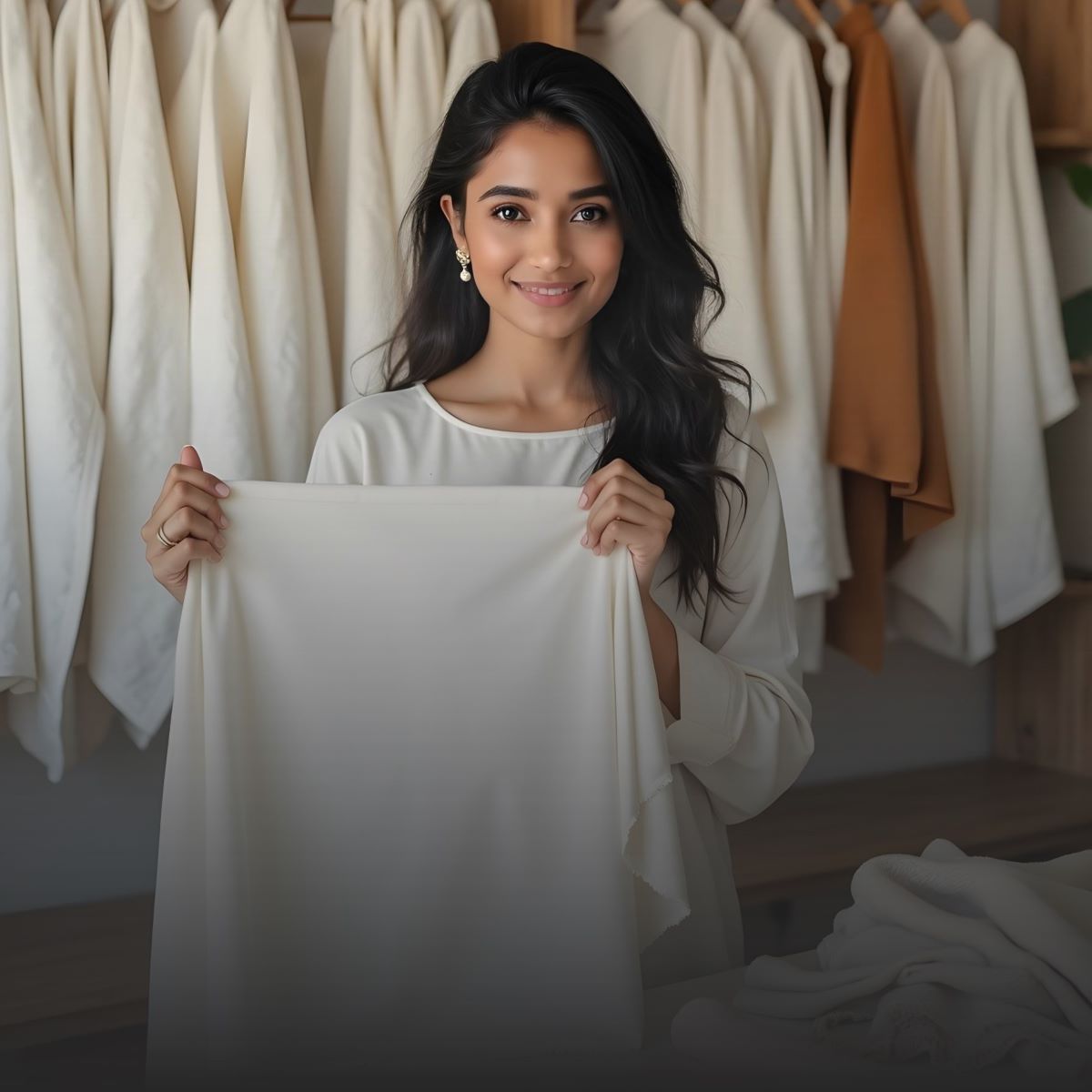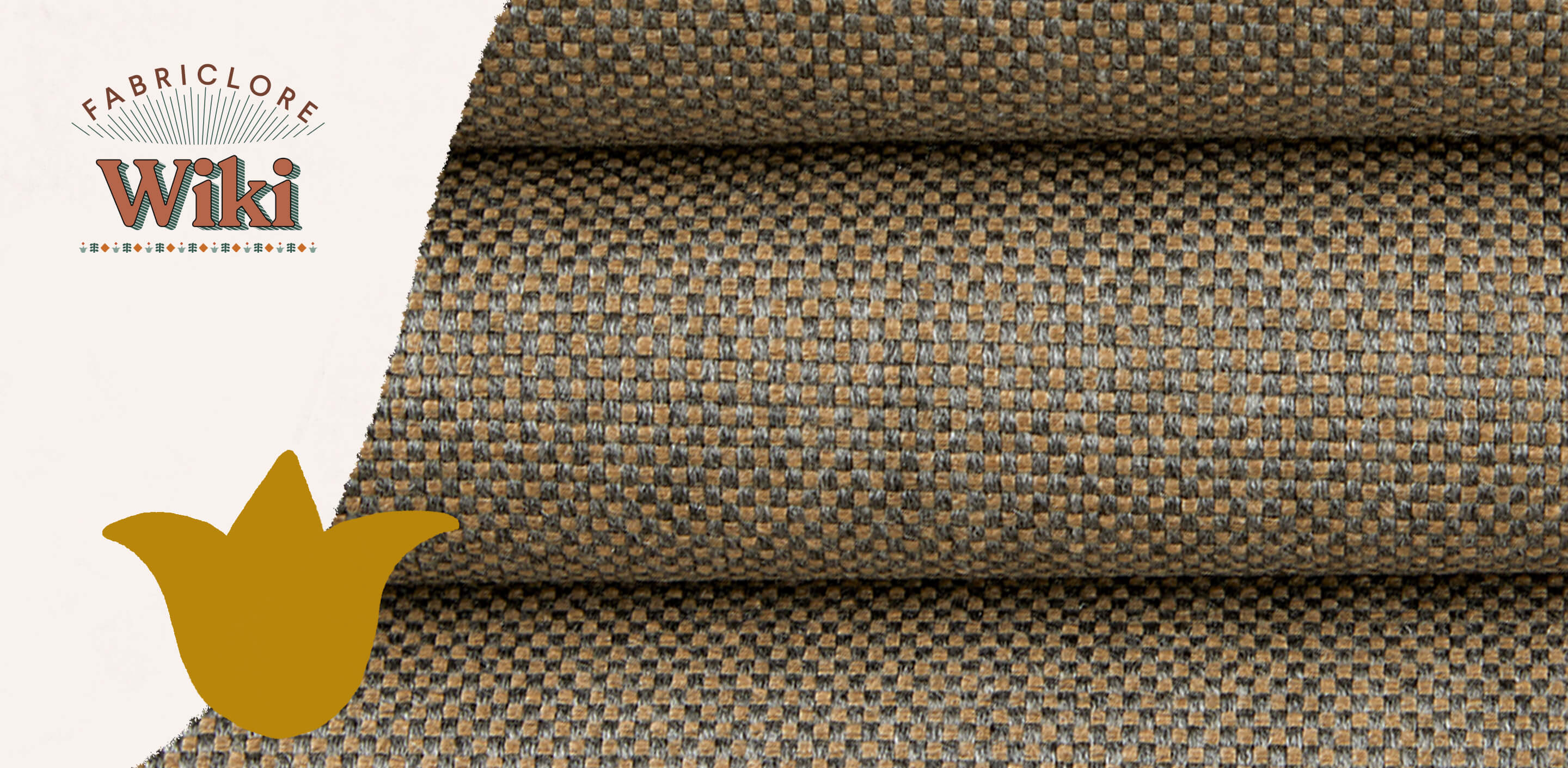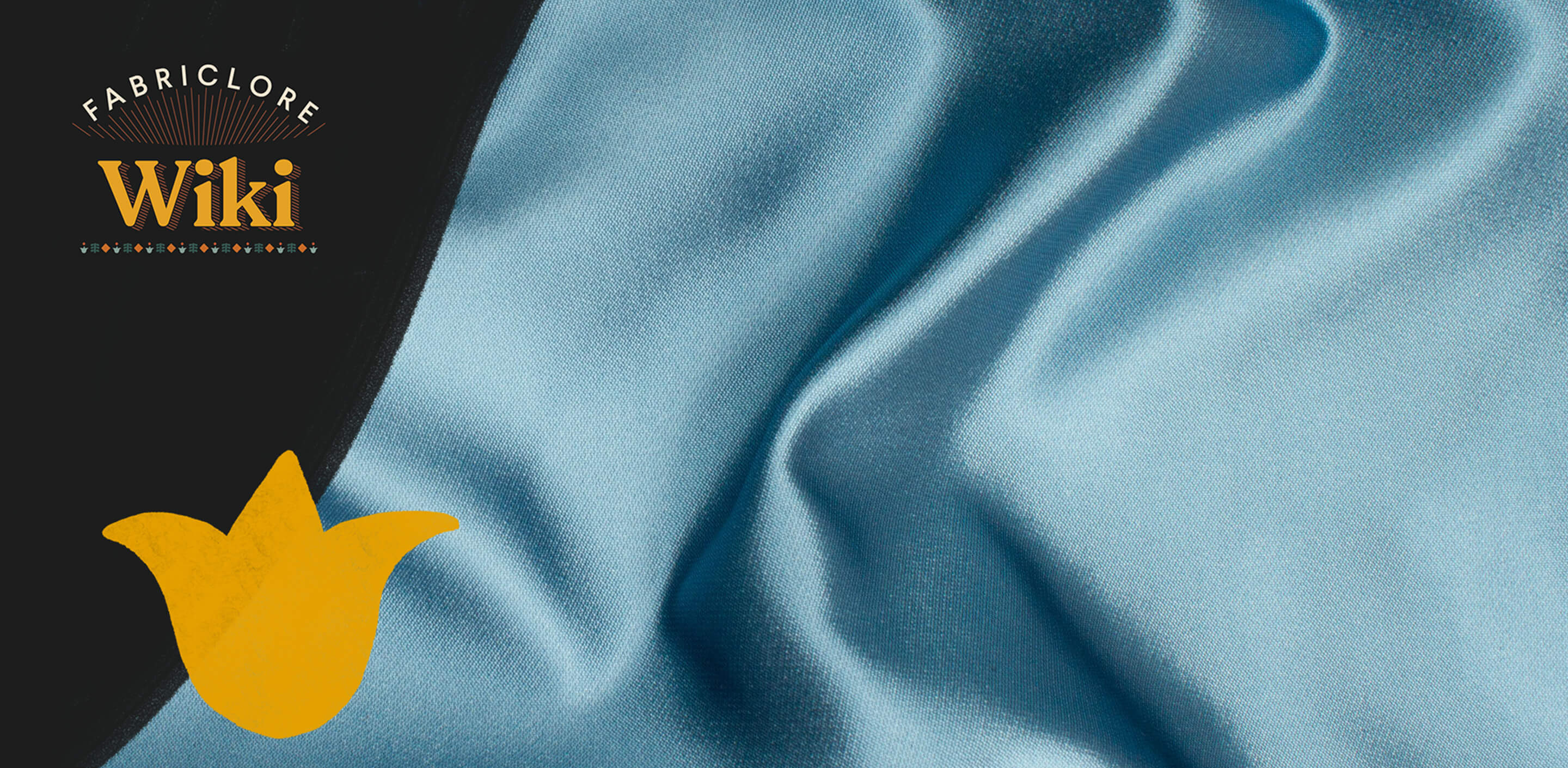Scuba fabric has become a popular material for both fashion and athletic wear as the need for modern, practical, and stylish textiles grows. Fashion designers, do-it-yourself crafters, and clothing producers who want a contemporary look that will last often use scuba because of its smooth look, stretch, and structure.
We'll talk about where scuba fabric comes from, what it's made of, the different types, how to sew it, and its practical uses to help you decide if it's the right material for your next creative or business project.
What Is Scuba Fabric?

The thick, smooth, double-knit cloth that makes up scuba gear is a mix of polyester and spandex. Neoprene, the foam-based material used in wetsuits, is a lot like scuba, but diving is thinner, lighter, and more flexible. People like it because it keeps its shape, stretches without wrinkling, and gives you a slim look.
These Are The Key Characteristics Of Scuba Fabric:
1. Smooth Surface with Subtle Sheen
Because it is made of tightly knit polyester and spandex, scuba fabric looks clean and polished. It gives clothes a modern and sleek look.
2. Excellent Stretch and Recovery
Scuba fabric typically has a 2-way or 4-way stretch because it contains spandex. This makes it great for body-hugging styles and easy movement.
3. Medium to Heavy Weight
Its double-knit structure gives it thickness without adding bulk, which makes it great for structured silhouettes that stay in place.
4. Wrinkle Resistance
Because scuba doesn't wrinkle easily, it's low-maintenance and travel-friendly for clothes that need to look neat.
5. Moisture-Wicking
Scuba doesn't let air pass through it easily, but it can wick moisture away from the skin, which makes it suitable for light dance or sportswear.
6. Fast-Drying
The synthetic fibers in scuba dry fast, making it great for performance clothes or clothes that you wear a lot.
7. Easy to Sew
Because it doesn't fray much and has a stable structure, scuba fabric is suitable for people who are just starting to sew, especially when using stretch stitches or a machine.
8. UV and Color Resistant
Scuba fabric keeps colors well and doesn't fade in direct sunlight, which makes it suitable for wearing outside or to sports events.
How Scuba Fabric Is Made
Scuba fabric is a new type of fabric made from synthetic fibers, mostly polyester and spandex. It has a structured flow, a smooth finish, and can be stretched. Take a close look at the manufacturing process of scuba fabric below:
1. Selection of Raw Materials
Picking good polyester (PET) and spandex (elastane) fibers is the first step.
- Polyester is long-lasting, doesn't stretch, and has a smooth surface.
- Spandex makes things stretchy and elastomeric.
Chemical methods using parts that come from oil are used to make these manufactured polymers.
2. Yarn Production
Fine yarns are made from the raw ingredients.
- Polyester is melt-spun, which means it is melted and pushed through spinnerets.
- Spandex is solution-spun, which means it was mixed with solvents and then spun into threads.
Then, these yarns are mixed to get the right mix, which is usually between 90 and 95% polyester and 5 to 10 percent spandex.
3. Double Knit Construction
Circular knitting machines make scuba fabric with a double-knit structure, which means that two layers are put together at the same time.
- This is what gives scuba cloth its thick and springy look.
- The double-knit structure helps the shape stay and makes it firmer.
4. Heat Setting & Surface Treatment
Heat-setting the fabric after it has been stitched makes it more stable and gives it more stretch.
- To make a smooth, even surface, calendering or heat pressing can be used.
- That little shine can also be added in this step.
Optional treatments include:
- Anti-pilling finish
- Moisture-wicking agents
- UV resistance
5. Dyeing & Finishing
Disperse dyes, which work well on synthetic fibers like polyester, are used to color scuba fabric.
- To get an even color, dyeing is done under a lot of heat and pressure.
- The fabric is smoothed and finished so that it feels smooth after it has been dyed.
6. Quality Inspection
Before shipping, the fabric undergoes strict quality checks:
- Color consistency
- Stretch and recovery
- Surface finish
- Thickness and GSM consistency
7. Rolling and Packaging
Finally, the fabric is rolled into bolts or extraordinary lengths, marked, and put in boxes so it can be sold retail or wholesale.
Did You Know?
People often think that scuba cloth is neoprene, but it's not because it doesn't have foam in it. It is meant to look and feel like neoprene, but it is lighter and better for fashion and clothing.
Properties Of Scuba Fabric
Scuba fabric is a new type of cloth that is known for being both comfortable and strong. Because it has a unique mix of traits, it's great for fashion, sportswear, and costumes.
- Stretch and Recovery: It has spandex (elastane) in it, which makes it stretch in two or four ways and then snap back into shape.
- Smooth Surface: Smooth finish with a light sheen that feels soft to the touch. Great for making clean-cut clothes.
- Medium to Heavy Weight: Gives shape to shapes like peplums, flared skirts, and bodycon dresses.
- Wrinkle-Resistant: Keeps its shape with little wrinkling—great for traveling or dressy occasions.
- Moisture-Wicking: It's not very breathable, but it soaks up sweat and dries fast.
- Durable and Colorfast: Even after being washed many times, synthetic fibers don't fade or wear down.
- Low Fraying: The edges stay clean, which makes it easy for people who are just starting to sew.
- UV and Chlorine Resistant: This means it can be used for swimwear or outfits that will be in the sun or water.
Types of Scuba Fabric

There are different kinds of scuba, each made for a different lifestyle or set of conditions. Picking the right type is essential based on the structure of your clothes or the amount of activity you do.
1. Standard Scuba Fabric
- Composition: Polyester + Spandex blend.
- Texture: Smooth, dense, and slightly springy.
- Use: Dresses, skirts, jackets, and activewear.
2. Scuba Crepe
- Texture: Textured surface like crepe; lighter than standard scuba
- Drape: Not as stiff, but still more flowy.
- Use: Wear it with summer dresses, loose tops, and formal clothes.
3. Scuba Suede
- Texture: This style has a soft suede finish with the thickness and stretch of scuba.
- Luxury Appeal: Makes outerwear and items look more expensive.
- Wear: Clothes, skirts, and bags.
- Use: Blazers, skirts, and bags.
4. Scuba Mesh
- Structure: The structure of scuba mesh is open-knit mesh mixed with spandex.
- Breathability: More airflow; this is often used in plugs.
- Use: Panels for sportswear, dancewear, and performance clothes.
5. Printed or Digital Scuba
- Customization: Digitally printed with brand or artistic designs
- Use: Custom apparel, cosplay, and branding projects.
Scuba Fabric vs. Similar Materials
You should know how scuba fabric is different from famous fabrics like neoprene, Ponte knit, and jersey knit before you choose the right one for your project.
- Scuba fabric is excellent for tailored dresses, blazers, and activewear because it has the right amount of structure, stretch, and ease.
- Scuba is lighter, softer, and easier to sew than neoprene because it doesn't have a thick foam core.
- Scuba holds its shape better than Ponte knit, which makes clothes look like they have a more defined silhouette.
- Jersey knit is great for loose, casual styles, but more support and durability are what you need for structured clothes.
Here Are A Comparison Table
|
Property |
Scuba Fabric |
Neoprene |
Ponte Knit |
Jersey Knit |
|
Weight |
Medium-Heavy |
Heavy |
Medium |
Light |
|
Stretch |
2-4 Way |
Minimal |
2-Way |
4-Way |
|
Structure |
Firm |
Very firm |
Moderate |
Fluid |
|
Texture |
Smooth |
Rubbery |
Matte |
Soft |
|
Breathability |
Low-Moderate |
Low |
Moderate |
High |
The fact that scuba fabric is both performance and style makes it a valuable material for both modern clothing and DIY projects.
Scuba has the shape of neoprene and the comfort of knits, so it's perfect for making clothes that are both structured and soft.
Common Applications Of Scuba Fabric

Scuba fabric is a fashion industry favorite because it looks good, works well, and can be used for many things. The phrase is often used with ready-to-wear or runway styles:
Fashion Apparel
- Bodycon Dresses & Pencil Skirts: Holds shape and smooths the body.
- Fit-and-Flare Styles: Adds volume without stiffness.
- Blazers & Jackets: Clean cuts and structured silhouettes.
Activewear & Dancewear
- Leggings & Yoga Pants: Comfortable stretch and moisture-wicking.
- Performance Leotards: Durable and form-fitting.
- Sports Bras: Secure fit with bounce control.
Fashion Accessories
- Bags & Pouches: Thick and form-retaining for custom designs.
- Caps & Gloves: Stretch and durability for wearability.
Costumes & Cosplay
- Sci-fi or Futuristic Costumes: Mimics neoprene's look without weight.
- Armor or Foam-Crafted Looks: Works well with foam inserts for theatrical use.
DIY and Sewing Projects
- Beginner-friendly Fabric: Easy to cut, minimal fray.
- No Lining Required: Opaque and smooth on both sides.
- Machine Washable: Easy upkeep for handmade clothing.
How To Sew With Scuba Fabric
If you have the right tools, sewing scuba is pretty easy, even for beginners:
- To avoid skipping stitches, use a ballpoint or stretch needle.
- For seams, use a stretch stitch or a thin zigzag.
- To put on thick layers, use a walking foot.
- Do not pin the sides; instead, clip them.
- Trim the bulk to avoid seam gaps that are too thick.
Because the sides of the scuba are stable, it doesn't fray, so you don't have to use it unless you want to.
How To Care For Scuba Fabric
Taking care of scuba cloth helps it keep its shape and stretch for longer:
- On the warm cycle, wash in cold water.
- Do not use bleach or softeners.
- Do not tumble dry; instead, hang or lay flat to dry.
- Press the item with a cloth and iron it on low heat.
Because it doesn't wrinkle easily, it's easy to keep clean without cleaning it all the time.
Environmental Considerations
Since scuba cloth is made of man-made materials, it is non-biodegradable and adds to microplastic pollution. Chemical methods and a lot of energy are used in the production process.
Tips for Sustainability:
- If it's available, pick recycled polyester scuba.
- Creatively use cloth scraps to cut down on waste.
- Support companies that make their products in an eco-friendly way.
Why Choose Scuba Fabric?
Scuba fabric is excellent for modern clothes that need to keep their shape, stretch when you move, and keep their clean, shiny finish.
Benefits Review:
- The fabric is soft, firm, and simple to sew.
- Holds shape in patterns that are on trend.
- Great for both casual and dressy clothes.
- Suitable for both clothes and accessories.
- Scuba cloth works whether you're a fashion business owner or a do-it-yourself sewer.
Where To Buy Scuba Fabric Online

Want to buy high-quality scuba fabric in small quantities or with your design?
Fabriclore gives you:
- Scuba fabric that is certified comes in both plain colors and custom prints.
- Digital printing for images that are unique to a brand.
- Shipping around the world with a flexible MOQ.
- Help with sourcing from experts for designers and companies.
👉 Shop scuba fabric at Fabriclore.com
Final Thoughts
Scuba fabric is like a cross between fashion and purpose. It's a popular choice for everything from functional sportswear to fashion on the runway because it has the right amount of stretch, smoothness, and structure. Even though it's bad for the environment, choosing environmentally friendly choices or finding creative ways to use scraps can lessen the damage.
Fabriclore has reliable options for modern companies and creators who want to buy scuba fabric in bulk. They also offer custom printing and shipping all over the world.
FAQs
1. What Is Scuba Fabric Made Of?
Polyester and spandex are often mixed to make scuba cloth, which has a double-knit structure. The fabric has a stretch, smooth finish and a structured drape because of this mix. It is excellent for both fashion and exercise wear.
2. Is Scuba Fabric Breathable?
Due to its dense knit and synthetic makeup, scuba cloth does not breathe highly. But because it wicks away moisture and dries quickly, it can be worn with structured dresses, for sports, and in more incredible places.
3. Can You Machine Wash Scuba Fabric?
Yes, scuba fabric is machine washable. For best results:
- Wash on a cold, gentle cycle.
- Avoid bleach or fabric softeners.
- Air dry or lay flat— do not tumble dry.
- Use a pressing cloth if ironing is needed.
4. Is Scuba Fabric Suitable For Sewing Beginners?
Absolutely! Scuba is a beginner-friendly fabric because it's:
- Easy to cut with clean edges.
- It does not fray.
- It is ideal for structured garments like skirts, jackets, and dresses.
Its stability makes it easier to sew than slippery or lightweight knits.
5. What Is The Difference Between Scuba And Neoprene?
It looks like both materials are the same, but scuba fabric is lighter and more flexible. Neoprene has a foam rubber core that makes it thicker and suitable for making wetsuits. Scuba is made for fashion, on the other hand, with comfort, stretch, and wearability for daily clothes and costumes.
We also happen to be a magnet for suggestions, and would love to catch yours….throw us yours on hello@fabriclore.com




